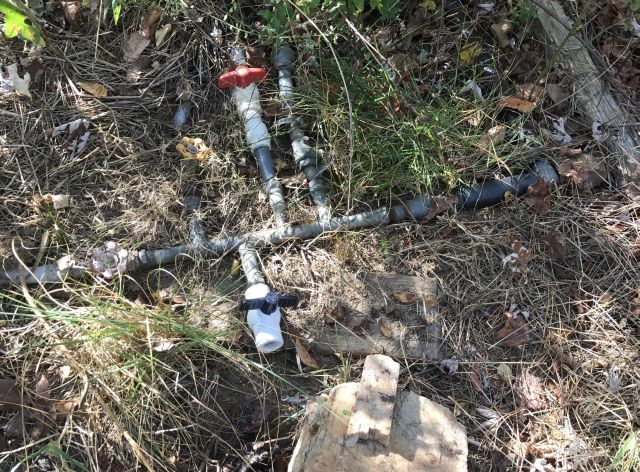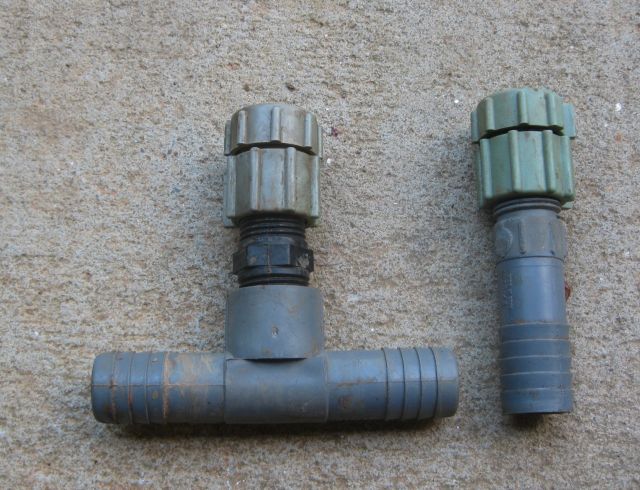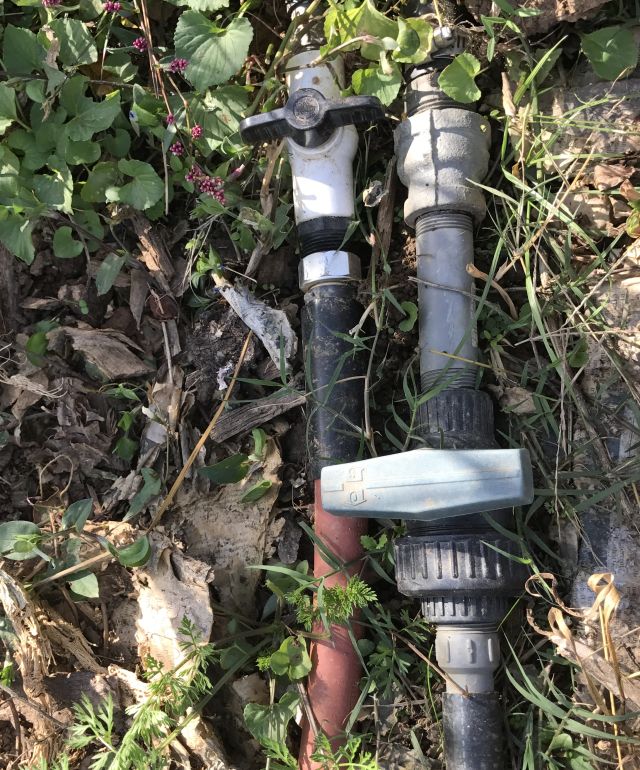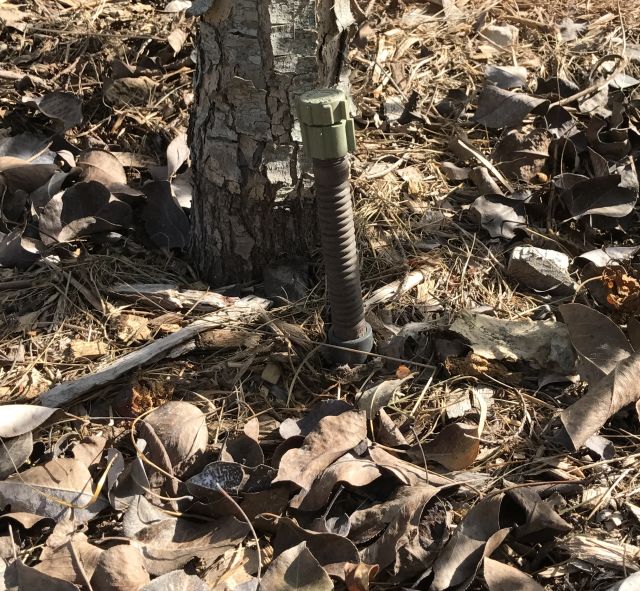I received some comments on my rainwater harvesting and gravity feed irrigation system. Luke from Australia is surprised at the amount I collect. There are simple formula on the internet where you multiply annual, or monthly or daily rainfall in inches or cm by the area of the roof and can easily derive in gals or liters the amount collectible. And the volume is often bigger than you would expect.
Because of our continuing drought in N. Georgia I am going to expand my storage system from about 6,000 gals to about 10,000 gals so I can retain more of the rain that falls and not lose so much from tank overflow in the rainy months. The rain that does not fall on my roofs I try infiltrate into the soil with contour ditches thus minimizing or eliminating ground runoff altogether and soil erosion, and the soil to some degree acts as my storage tank.
Benjamin from Florida mentions that Geoff Lawton says algae in the irrigation storage tank are beneficial. I seem to remember Geoff saying this in his pdc. I think life in irrigation water is good and I make and use compost teas throughout the growing season. Problem with algae is it clogs the bubblers I use for watering my orchard, but is not a problem when I use a hose. I find algae comes out mostly at the beginning of the irrigation cycle, because it has settled near the outlet, or when you use the last remnants of tank water and the outlet is pulling horizontally what has settled at the bottom. The quick flush I do at the manifold to eliminate air pockets also clears a lot of the starting algae http://www.nutrac.info/2016/05/20/additional-thoughts-on-airlocks/.

Water comes down the hill in 1.25″ pipe and if the pipe is empty I flush out the air through the white ball valve. The water jets out and the stone is to slow it down and direct it in a channel to an apple tree. Plastic ball valves are best – they are cheaper than bronze, less likely to crack from icing and shut off water better than gate valves. There are 3 valve controlled lines to the orchard and one to the vegetable growing area.
With the water flowing to the orchard I unscrew the furthest bubbler in the line because by removing it for inspection and cleaning, it allows water to flow down the line removing air bubbles and collecting and ejecting any debris along the way.

Then I visually inspect each bubbler to check that water is flowing and unscrew and clean those which are clogged.
For the vegetable area I split the incoming line into 2 each with its own valve and hose.


